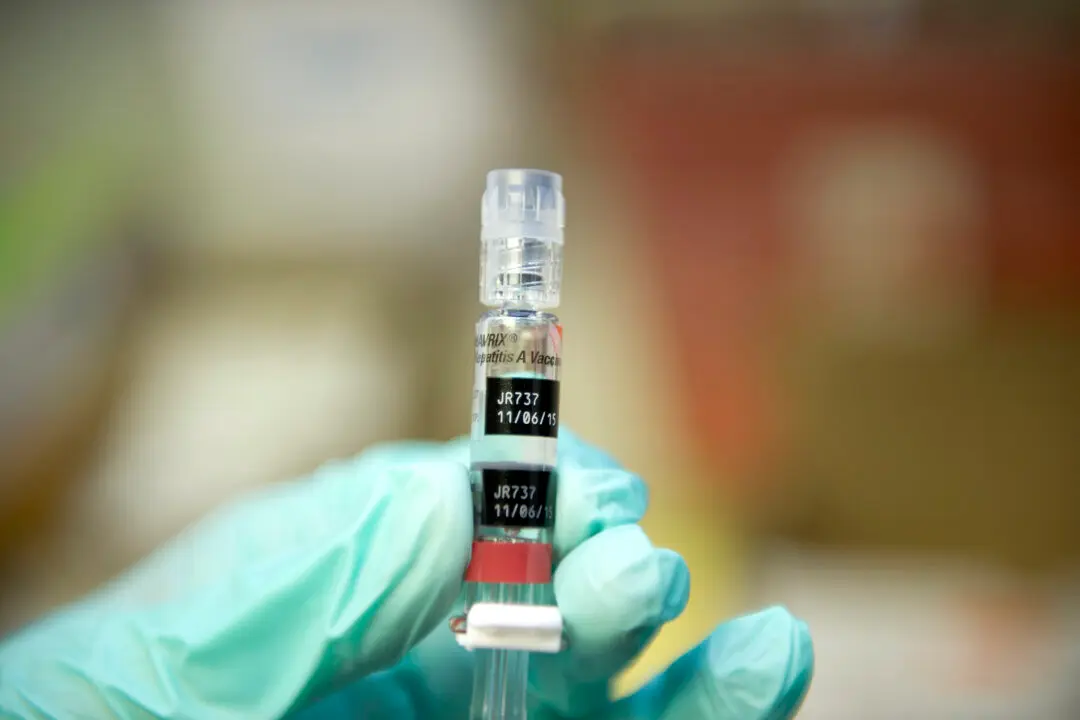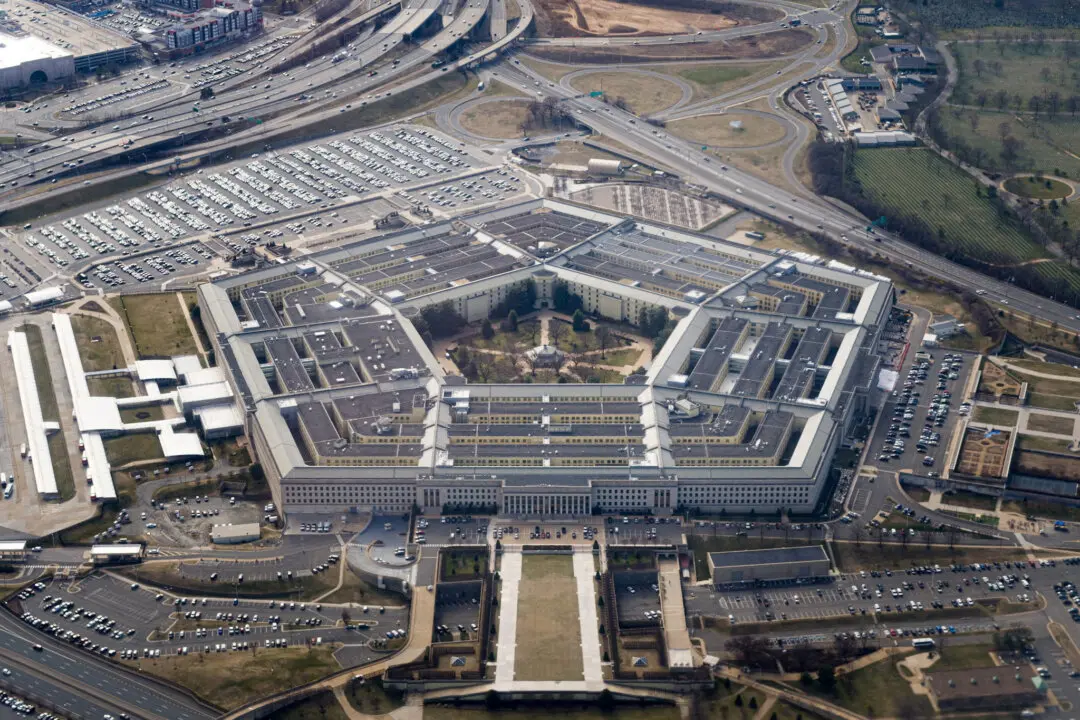Scientists already knew the Yellowstone supervolcano has a gigantic magma chamber at the bottom, but have just discovered an even bigger magma chamber that’s 4.5 times the size of the first one.
Combined, the chambers hold enough hot rock to fill the Grand Canyon nearly 14 times over, the researchers said in the study published in the journal Science.
The Yellowstone volcano is known as the most dangerous in the United States and one of the most dangerous in the world. If it erupted, it would cover most of the U.S. and would last for many months, possibly even years.
The new research has revealed the first three-dimensional image of the inner workings of the supervolcano, showing an 11,200-cubic mile magma reservoir below the previously known 2,500-cubic-mile magma chamber.
The researchers used earthquake data to form the equivalent of a CT scan, utilizing a national seismic network. Using seismic imaging to focus on earthquake waves, they were able to distinguish rock of various densities. Quake waves go faster through cold rock and slower through hot and molten rock.
Hsin-Hua Huang, first author of the research and a postdoctoral researcher in geology and geophysics at the University of Utah,actually developed a new technique to combine seismic information from the Yellowstone area and similar information from more distant quakes.






